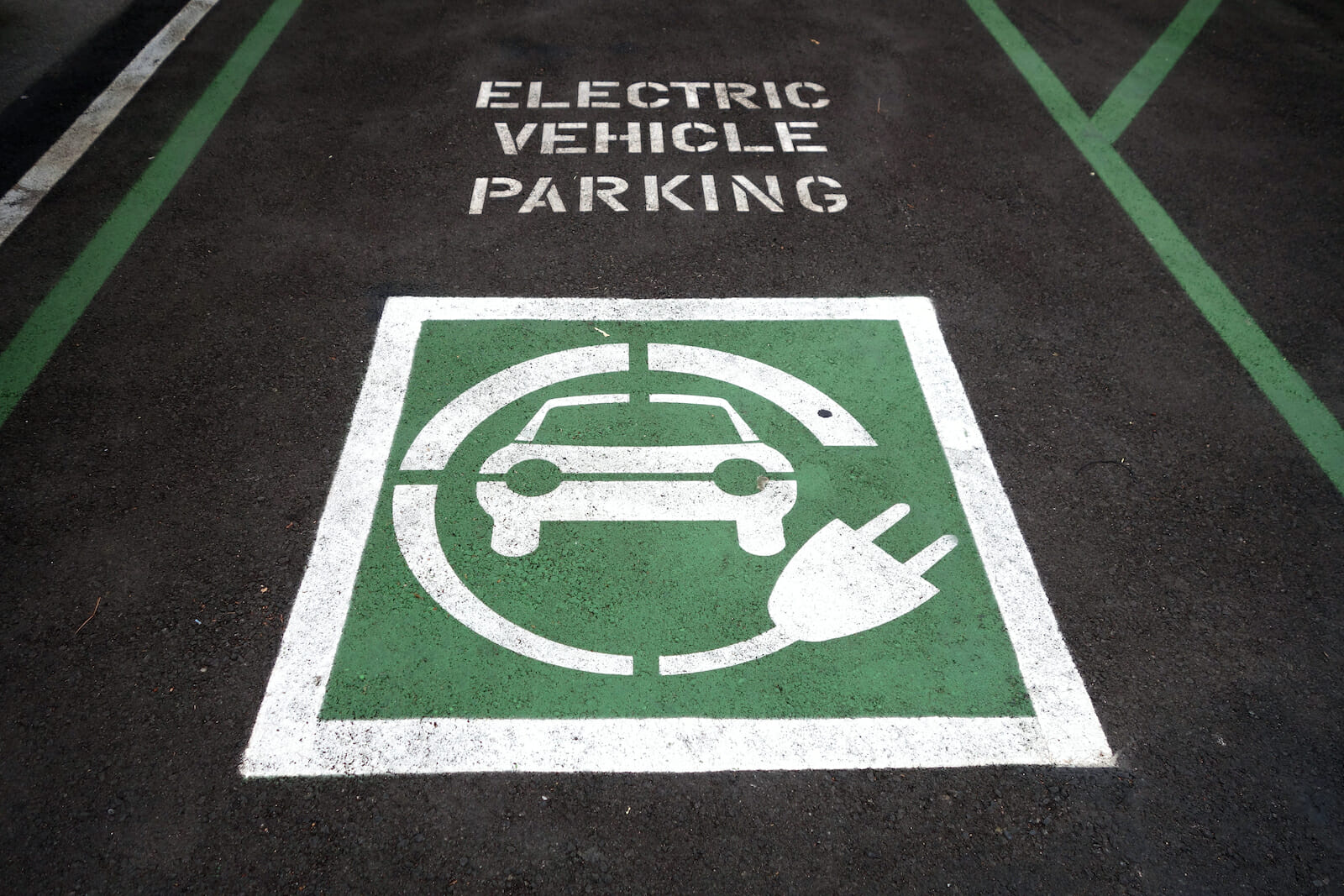
Science
The Free Market is Solving Climate Change
While attention on climate change seems focused on convincing consumers to buy electric vehicles, the ability to provide electrical power to electric vehicles has not been addressed. To significantly address the problem of internal combustion vehicles, there will have to be a dramatic expansion in the generation of electrical power worldwide.
Currently, the number one fuel for the generation of electricity by fossil fuels is natural gas. Natural gas provides 40% of the fossil fuel used. Nuclear power provides 20% of the electricity generated in the United States, with coal coming in at 19%. Finally, hydropower, wind, and solar contribute a combined total of 21%. The remaining power generation comes from biomass. Yet in full view of the world, Commonwealth Fusion Systems is conducting experiments and tests that will make power from fusion reactors, and potentially do away with fossil fuels entirely.
How Commonwealth Fusion Systems began
The Massachusetts Institute of Technology is generally considered to be one of the best universities in the world. So, it is not surprising that Commonwealth Fusion Systems began at MIT at their Plasma Science and Fusion Center (PSFC). Using their AlcatorC-Mod tokamak, the PSFC tried an experiment with a three ion fuel instead of the traditional two ion fuel. Using radiofrequency heating to ignite 2 milligrams of helium 3 (He-3), the He-3 then ignited deuterium, which in turn ignited the third ion fuel, hydrogen. In the new three-species scheme, all the RF energy is absorbed by just a trace amount of He-3 and the ion energy is boosted even more — to the range of activated fusion products.
This was the final experiment that the MIT team performed on their tokamak in the fall of 2016. Because it was the last in a series of experiments, it was also the last experiment to be analyzed in 2017. When the data was analyzed, the MIT team found that the new fuel combination raised the energy release to megaelectronvolt (MeV) levels. One MeV is equal to one million electron volts. “These higher energy ranges are in the same range as activated fusion products,” explains John C. Wright, a PSFC research scientist. “To be able to create such energetic ions in a non-activated device — not doing a huge amount of fusion — is beneficial, because we can study how ions with energies comparable to fusion reaction products behave, how well they would be confined.” The results of the experiment were so startling that Joint European Torus ran an experiment using the same ion fuel used by the PSFC. The results were identical to the results found by the MIT team.
The founding of Commonwealth Fusion Systems
MIT had exhausted all its federal funds for fusion research with the last experiment that they had run on their tokamak. Instead of turning to the federal government for further economic assistance, the MIT team decided to raise funds from private investors and start their own privately held company. In March of 2018, the Italian energy firm Eni invested $50 million in Commonwealth Fusion Systems. Since then, CFS has raised some $250 million from other private investors.
CFS has a major breakthrough in creating the SPARC
In order to create a tokamak that is capable of fusion products, it is necessary to be able to control and direct the plasma flow which is the result of fusion. The plasma flow has a temperature of between 15 million degrees Celsius to 100 million degrees Celsius. When the fusion plasma touches a solid metal, the plasma short circuits, and reverts to water. Because of this, the plasma flow in a fusion tokamak must be suspended in mid-air by electromagnetics. Prior to a chemical technological breakthrough of yttrium barium copper oxide (YBCO), massive superconductor magnets were required, but with the advent of YBCO, smaller superconducting magnets became possible.
On September 5, CFS conducted an experiment on their new magnet technology achieving a strength of 20 teslas. A strength of 20 tesla using small superconducting magnets has never been done before. The primary obstacle to achieving a net energy output for fusion energy has always been the expenditure of energy for controlling the fusion plasma. Previous superconducting magnets using a copper base required an energy expenditure of some 200 million watts which made the input of energy of generating fusion greater than the energy output. The new technology consumed some 30 watts of energy expenditure, making the energy output of the fusion process greater than Q>1. The energy output of Q>1 demonstrates a release of net energy from the fusion process.
The SPARC is estimated to be ready for demonstration in 2025. After the demonstration that the SPARC is capable of generating a net energy gain, CFS will begin the manufacture of their fusion tokamak which will be capable of generating electricity from the fusion process. Because the use of the chemical YBCO dramatically increased the power of the superconducting magnets CFS is using, the size of their tokamak is expected to be the size of a tennis court. In contrast, the size of the ITER is 180 hectares.
The breakthrough work by MIT will make possible the conversion of combustible engines to electric vehicles, theoretically allowing the United States to swiftly reduce its carbon emissions sometime in the next ten to fifteen years.
